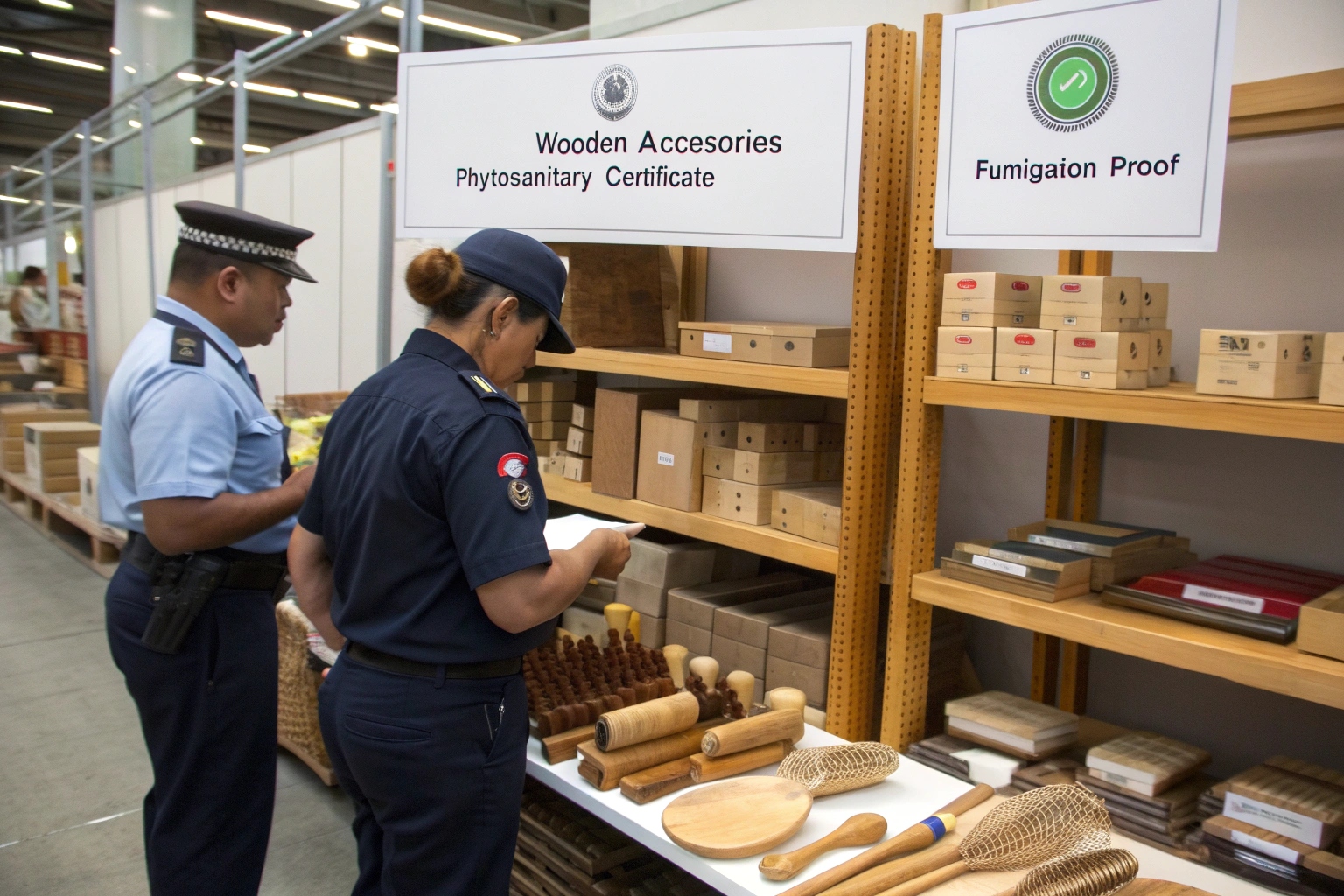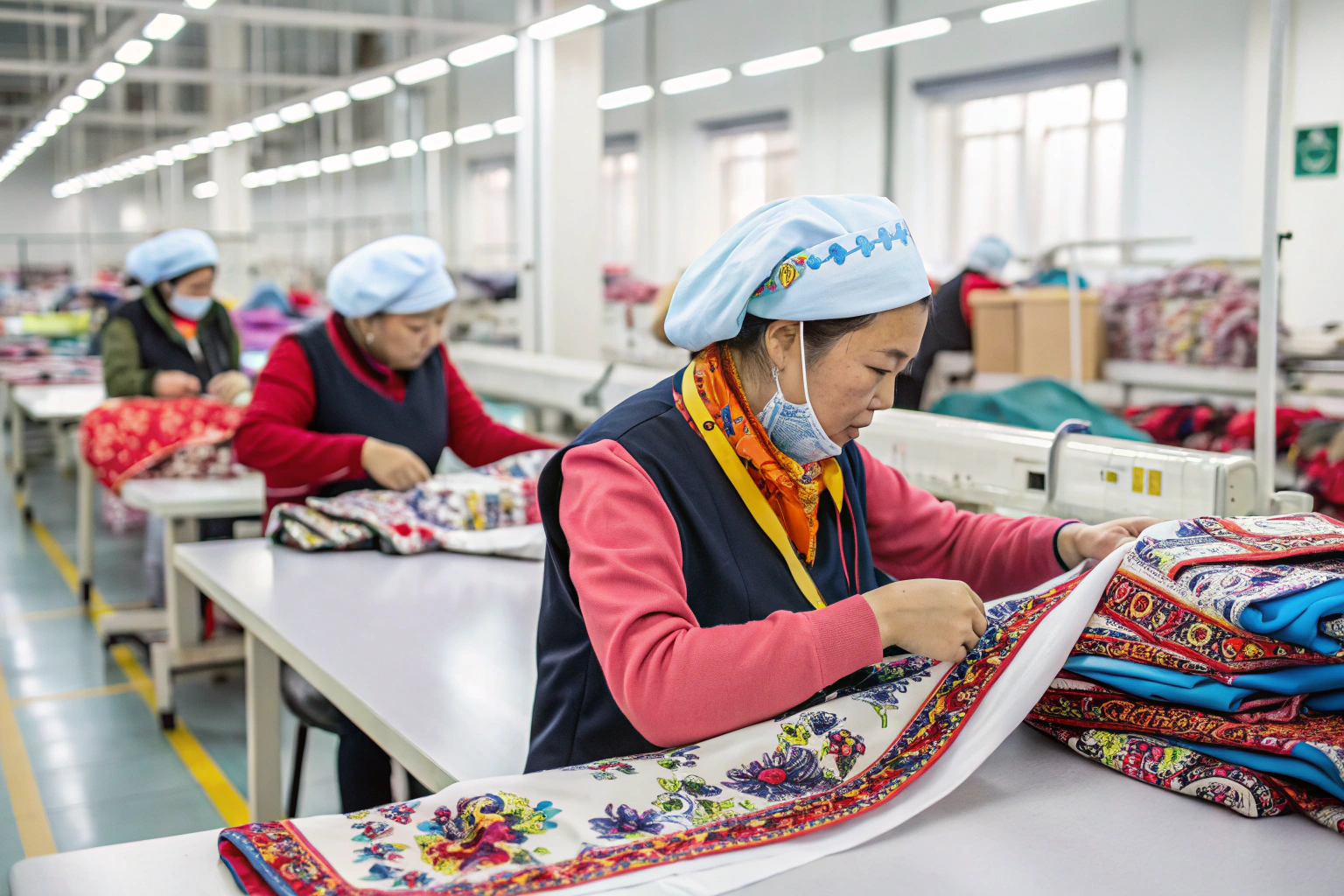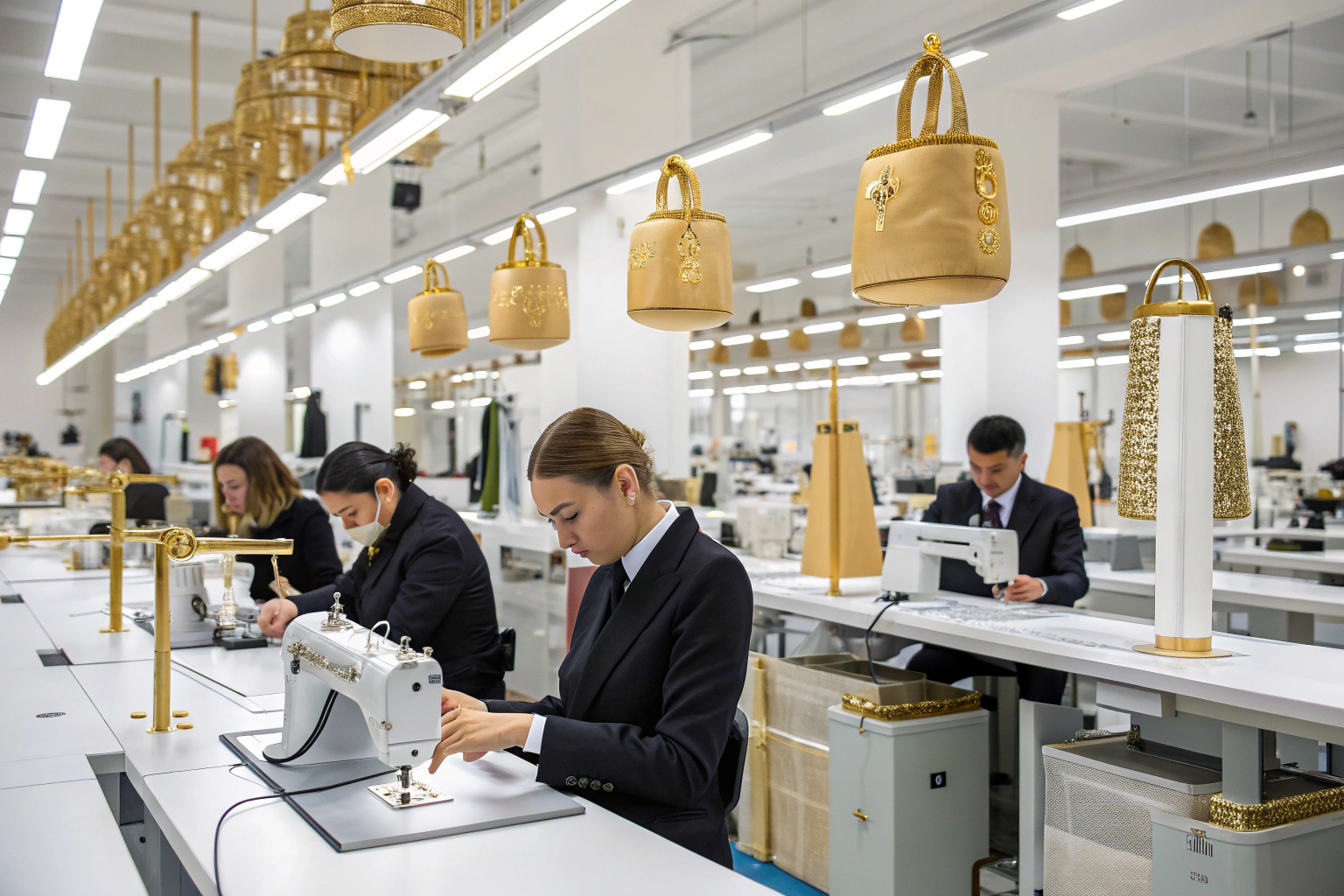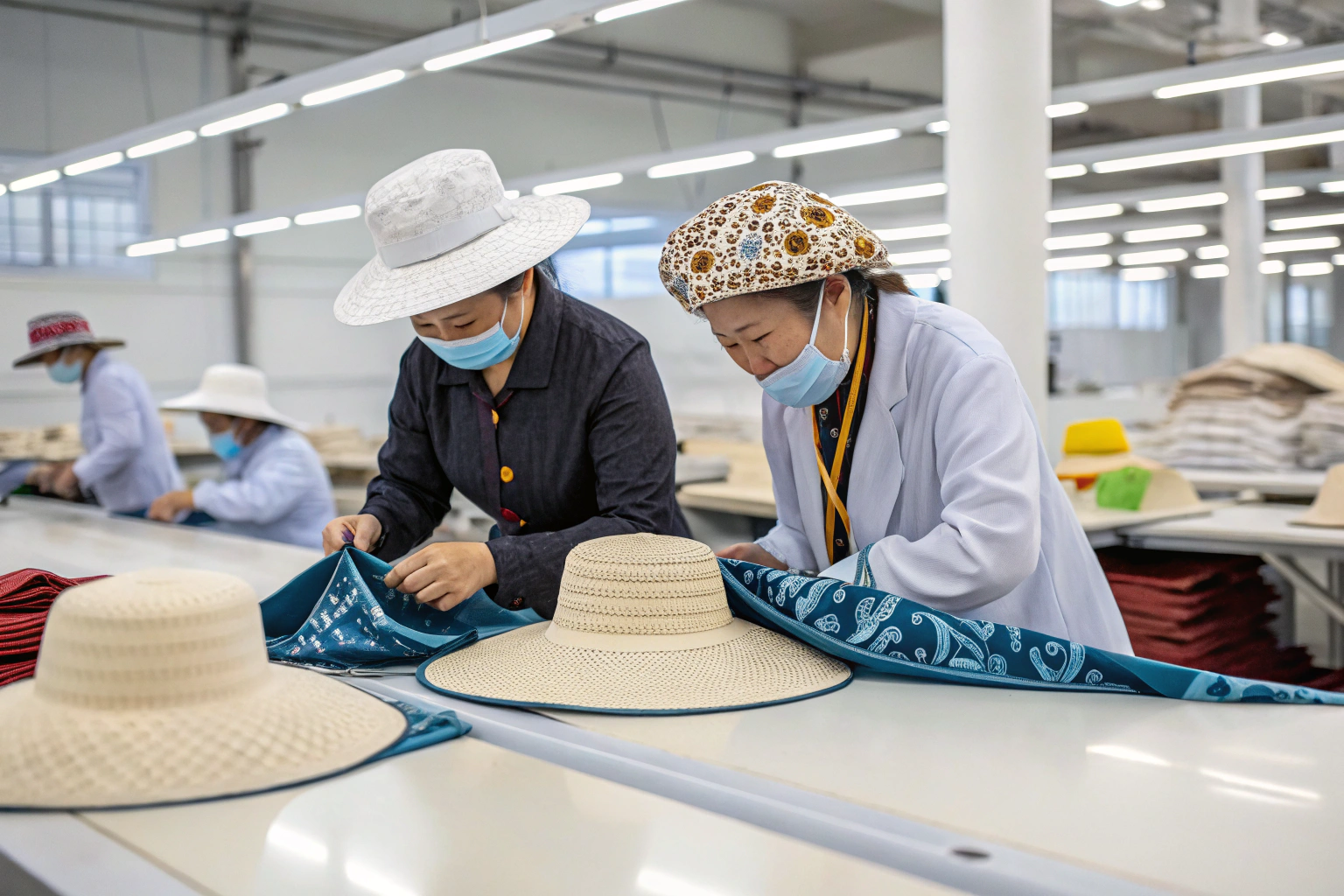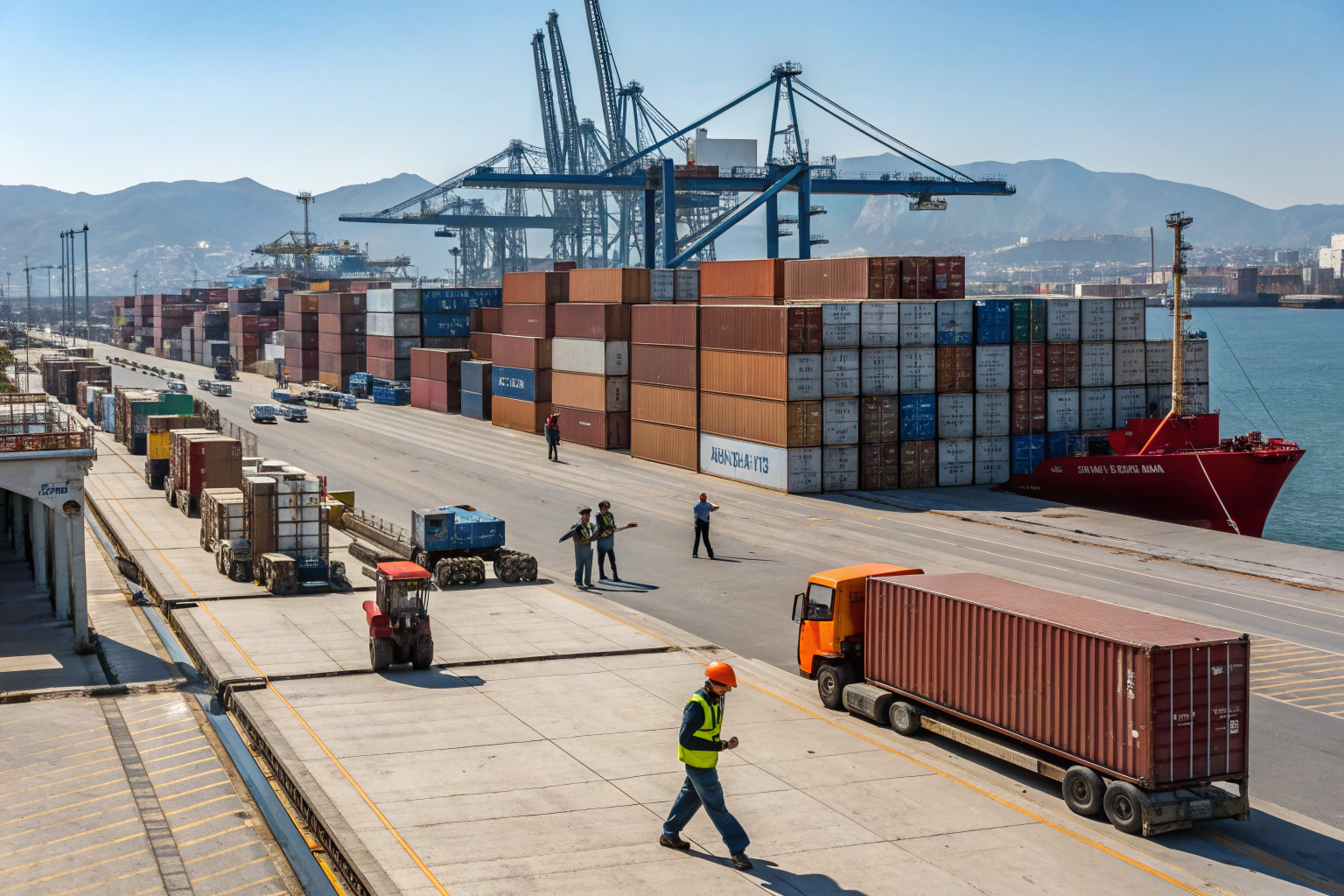Wooden accessories are stylish and eco-friendly—but they also trigger strict inspections at customs. One wrong document or untreated wood part can delay your entire shipment.
To avoid customs delays, make sure your wood materials are properly treated, correctly declared, and accompanied by the required compliance documents like phytosanitary certificates and fumigation proof.
Over the years, at AceAccessory, we’ve helped clients in the U.S. and Europe avoid clearance issues—even for complex shipments with multiple wooden components. Let me share what works.
What might cause a delay in customs clearance?
You’ve done the sourcing, the production, and the shipment—but customs puts a hold. Why? Often, it’s small oversights.
Customs delays are usually caused by incomplete or inaccurate documentation, undeclared wooden components, incorrect HS codes, or failure to meet fumigation and phytosanitary requirements.
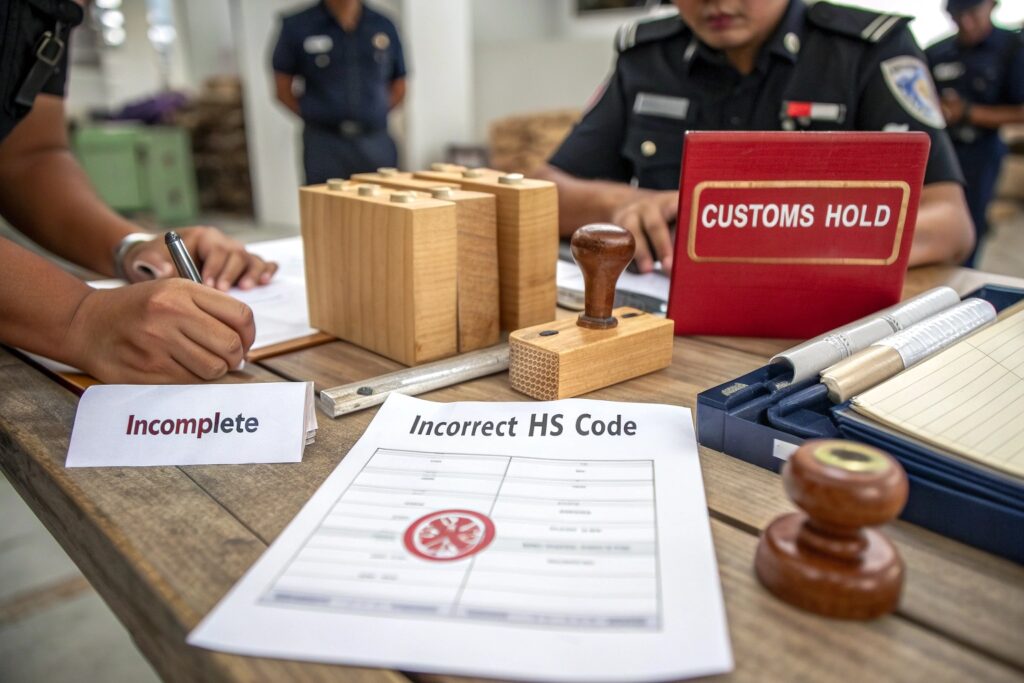
What documents are commonly missing?
For wooden accessories like hair clips, keychains, belt buckles, and boxes, customs may ask for:
- Fumigation Certificate (ISPM-15)
- Phytosanitary Certificate
- Material declaration for composite woods or bamboo
- Treatment declaration for solid woods
If even one of these is missing, your shipment may get flagged. In the U.S., APHIS (Animal and Plant Health Inspection Service) enforces these rules strictly. In Europe, national customs authorities check wood origin and treatment compliance.
Common triggers for delays:
| Delay Trigger | Cause Example |
|---|---|
| Incomplete invoice | Missing wood material breakdown |
| Wrong HS code | Declaring hair clip under general plastic category |
| Lack of treatment proof | No fumigation for natural wooden keychains |
| Mixed-material confusion | Wood + metal accessory not clearly described |
| Country-specific document omission | Missing pest inspection form for EU entry |
We always recommend pre-clearing documents with the freight forwarder before booking space.
Why do items get stuck in customs?
Many importers panic when they see “pending inspection” in the tracking. But the reason is usually preventable.
Items get stuck in customs due to flagged risk categories, undeclared materials, misclassification of goods, missing licenses, or required additional inspections for regulated materials like untreated wood.
![]()
Understanding red flags
Wooden items often fall under restricted categories, especially when:
- They are made from raw, untreated, or exotic wood species
- They are combined with organic elements (like leather or seed beads)
- They originate from countries with pest outbreaks
Once flagged, your parcel may require:
- Lab inspection
- Photo documentation
- Additional duties or fines
- Delays of 7–30 days depending on volume and port
Tips from our export managers:
- Always list all wooden components on your commercial invoice, even if wood is just part of the design
- Use clear, simplified product descriptions (e.g., "Maple Wood Hair Clip" vs. just "Hair Clip")
- For mixed materials, break down material percentages
- Double-check end market import rules (some states in the U.S. have stricter pest rules than others)
We've seen clients lose key retail slots due to avoidable hold-ups. Avoid surprises—plan like every shipment will be audited.
How long can parcels sit in customs for?
This is the most frustrating part: uncertainty. Clients want to know: when will it be released?
Parcels can sit in customs for anywhere between 24 hours to 45 days, depending on the country, item category, and whether additional inspections or documents are requested.
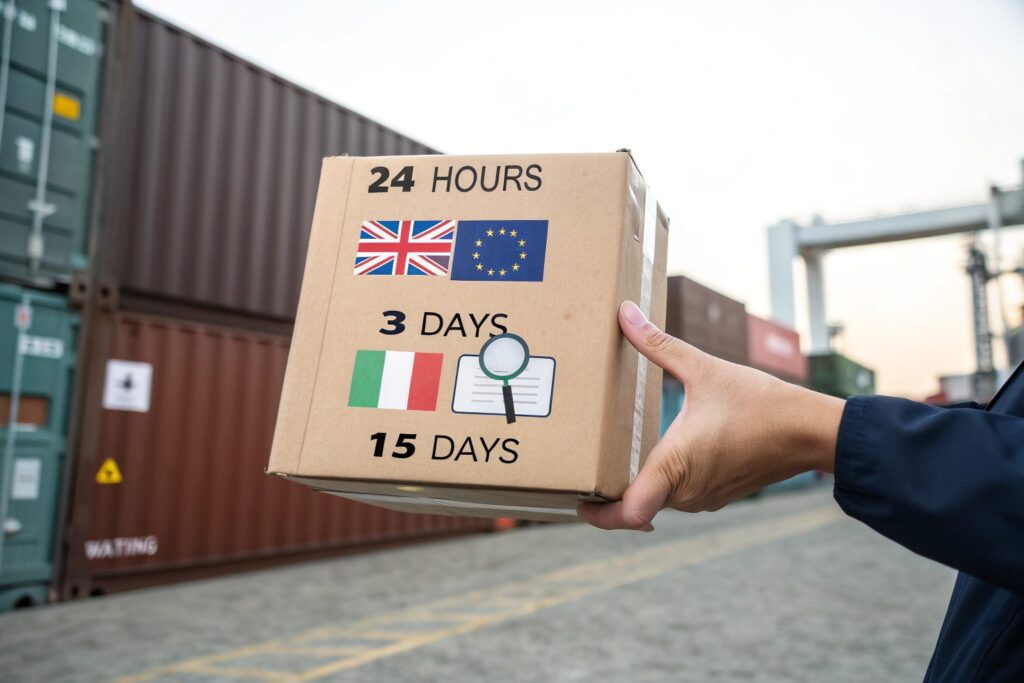
General time frames
| Country | Normal Clearance | Delayed Clearance (Wooden Goods) |
|---|---|---|
| USA | 1–3 days | 7–21 days |
| Germany | 2–5 days | 10–30 days |
| UK | 2–4 days | 10–25 days |
| Australia | 3–6 days | 15–45 days |
Even if your product is not the issue, if another pallet on the container gets flagged, your entire batch may be delayed.
How we handle this at AceAccessory
When our shipments include wooden accessories:
- We attach digital copies of all wood treatment docs pre-shipment
- Our logistics team notifies the customs broker ahead of port arrival
- If required, we split shipments to isolate wood goods in separate containers
We’ve also created pre-set clearance packages with our forwarding partners for wooden goods—this shaves days off the release time.
Can you speed up customs?
You can’t skip customs. But you can set it up to fly through smoothly.
To speed up customs, use a licensed customs broker, ensure all documentation is complete, declare wooden materials clearly, and comply with treatment and labeling requirements.
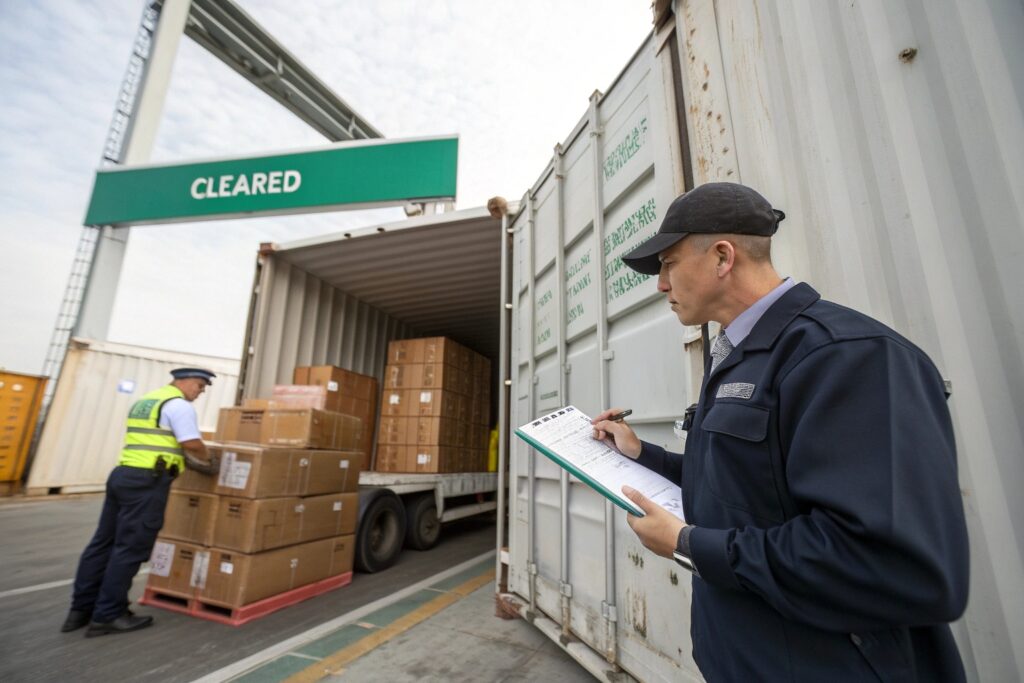
Our acceleration tips
-
Work with brokers familiar with wooden accessory shipments
Not every agent understands wood treatment rules. Choose someone who does. -
Provide advance copies of shipping docs
Don’t wait for the goods to land—submit docs during ocean transit. -
Use correct HS codes and treatment labels
Example: HS Code 442190 for wood hair accessories; include treatment note: “ISPM-15 compliant, kiln dried.” -
Add physical labels for customs
Each carton should show:- “Treated Wood – Fumigated”
- “Country of Origin: China”
- Material breakdown (especially if bamboo or rattan is used)
Case study: Holiday rush with bamboo keychains
One of our clients needed 10,000 bamboo keychains for a U.S. chain store promotion. We:
- Stamped all products with material origin
- Printed treatment declaration on outer carton
- Sent digital documents 3 days before ETA
Result: shipment cleared in 2 days during peak season.
Conclusion
Wood accessories look simple—but they come with complex customs rules. At AceAccessory, we’ve mastered the paperwork, labeling, and coordination that clears your shipment fast—so delays never ruin your launch.

